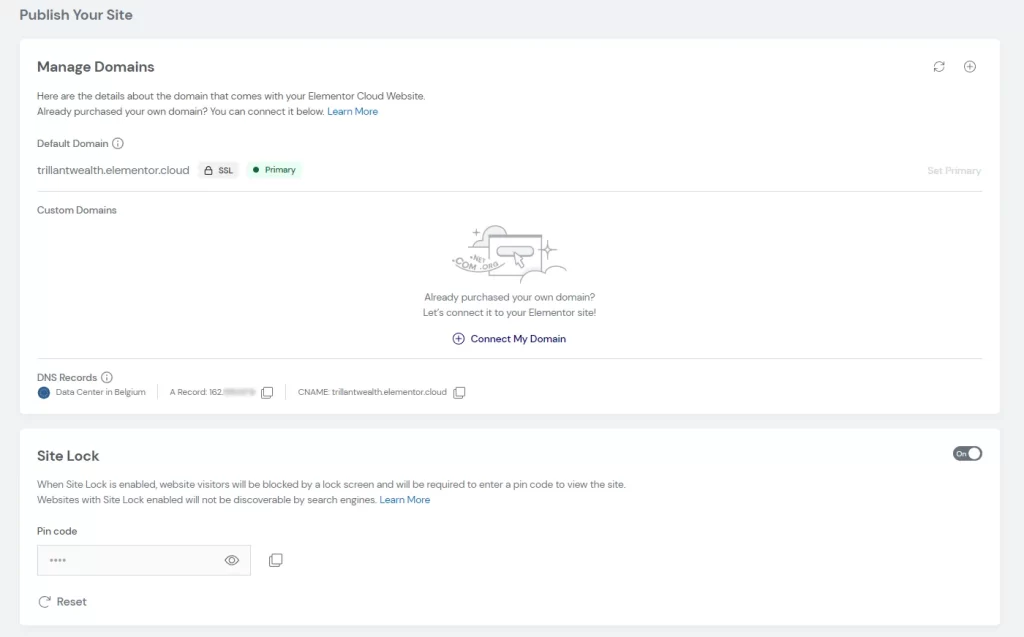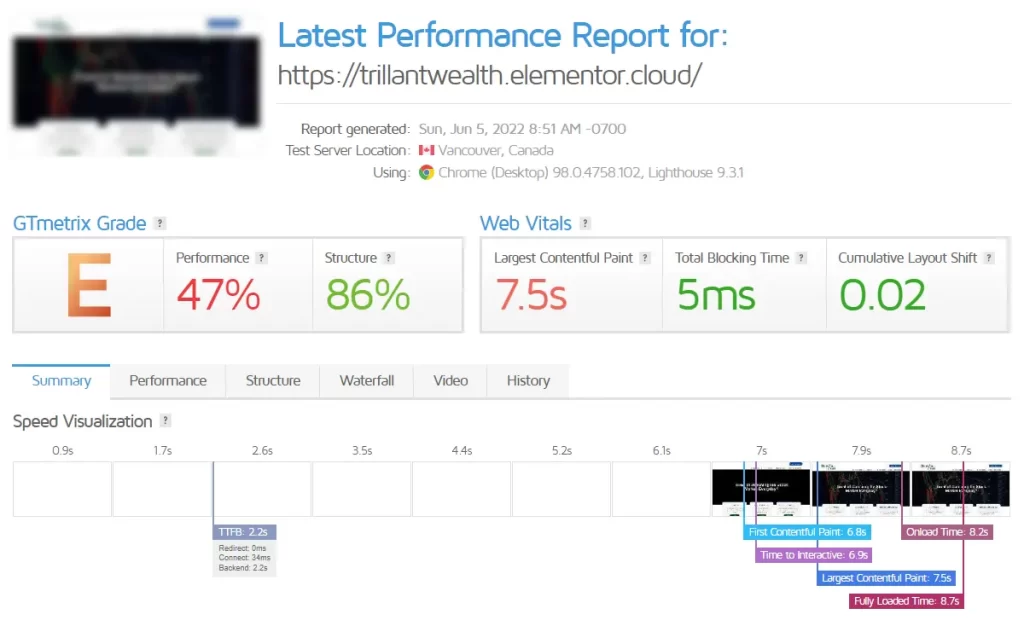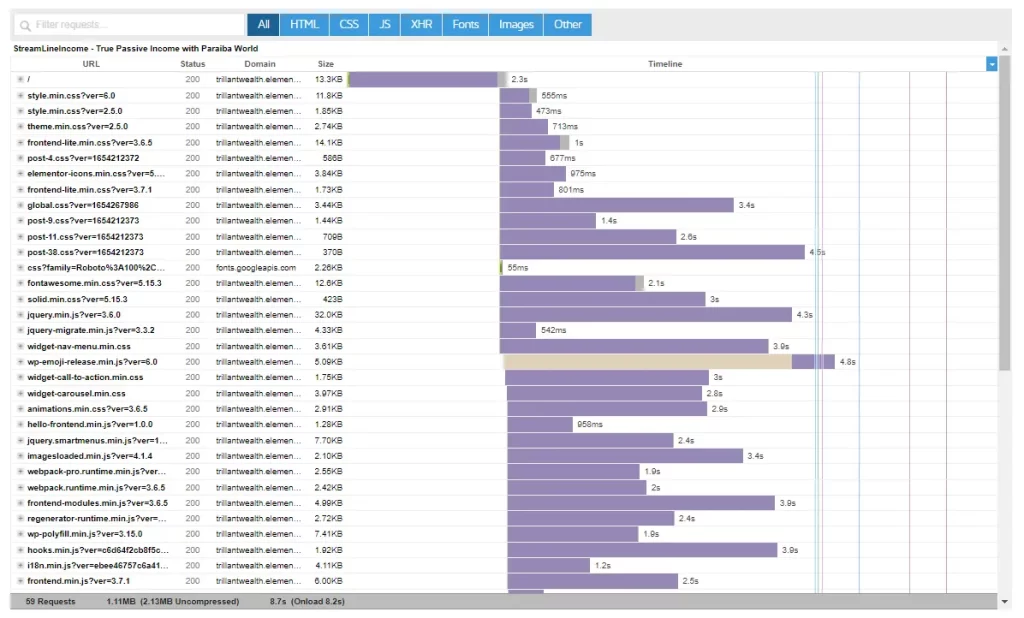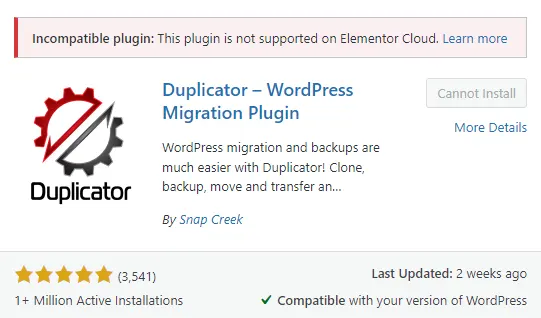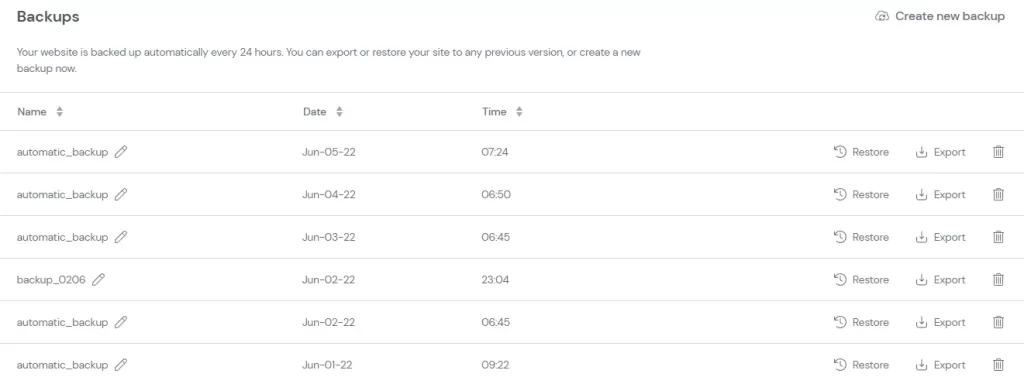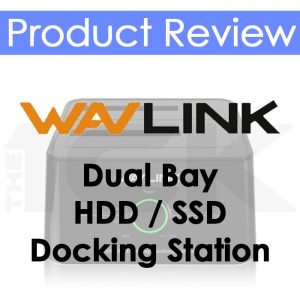
Intro
The good, the bad, and the ugly, maybe not in that order
I love using Elementor. It’s one of the best page builders I’ve ever used and I’ve used quite a few over the last 6 years so when I heard that the developers of Elementor were going to offer their own cloud hosting platform I was very intrigued. And when the first details of their setup were released I was even more excited to give it a try.
Last updated – June 5th, 2022
Full Guide
Subscribe to the CKTechCheck channel to get even more helpful tutorials and product reviews the moment they are released.
Table of Contents
The Good
The specs on their platform were amazing, to say the least especially from offered by the developers of a page builder. The hosting includes the Pro version of Elementor, an SSL cert, daily backups, and Google cloud server hosting, all bundled for less than $10 a month! Typically you’re paying that much just for hosting and everything else would be extra. It’s like they understand having backups is important and shouldn’t be an additional premium add-on like some people do.
Now you do have to pay the yearly cost up front but it’s still very much worth it when you spread it out over the year in your budgets. When I had the chance to build a new basic website I took the opportunity to sign up for the cloud platform. The sign of the process was easy it’s all very Elementorish.
- 100GB bandwidth for a top site experience
- 100K monthly unique visits, ready for your traffic
- 20GB of storage for all your content and assets
- Google Cloud Platform
- CDN by Cloudflare
- SSL Certificate
- Daily Backups
- Site Lock
- All Elementor Pro Features
Setup
At the start they setup you up on one of their subdomains on domain.elementor.cloud where you can build out a development site before launching on whatever domain you want. They make connecting a domain really straightforward, all you have to do is point the A record to your account and their system automatically detects that’s being pointed to and sets up your site as needed. It will automatically update all the URLs so that you don’t have to do any fiddling on the back to do a search and replace which is really cool and saves a lot of headaches.
You can also keep the site locked down and require a one time per session passcode to view it so that it can stay in development even on a live domain until you’re ready to make it live while giving your client access.
So far so good, it’s crazy easy to set up everything and to connect your domain, backups are automatically running, in fact there’s already a backup from the second that you create your account and it was all done in maybe 30 minutes. Most of that time was connecting the domain to the account and having the account update to that domain of your choice. The entire process of signing up and getting go is so smooth. I didn’t need to follow any guides to do everything even on my first go.
When you first login you notice a nice and clean setup. The only plugins installed are the basic Elementor plugin, Elementor Pro, and the two typical WP standards like Alchemist and Hello Dolly. It doesn’t take to long to notice that something is not quite right.
The Ugly
Performance
I decided to run some tests by going ahead and importing a basic template to see what kind of performance we’re getting. I made the site live and went to GTmetrix to run a couple of tests and unfortunately I’m not really sure what’s going on here but it is bad. There’s no sugar coating it, it’s terrible the time to first byte (TTFB) is over 8 seconds, that’s basically unacceptable from any hosting environment much less one that touts being as fast as they claim.
I ran a couple of tests just to make sure the first one wasn’t a fluke and I got the same results if not worse than the previous ones. I reached out to Elementor support using their built-in chat feature which is very convenient. I asked what was going on here. Their response was that they know the issue exists and that they are investigating it. They said hopefully it will be temporary, the problem is it hasn’t been temporary it’s been going on for a couple of months, and even though the website is as optimized as I can make it using only SVG and WebP images, being on CloudFlare, caching everything. It is still pretty awful. Unfortunately, any other negatives I mentioned here are basically overshadowed by this issue. Your sites are going to take a big hit by the search engines because of this performance issue.
The Bad
Plugin Limitations
Since we are talking about the negatives and maybe someday they will fix this issue let’s review some of the other, what I assume me more permanent downsides, which may or may not affect you depending on your level of development. Just like other WordPress focused hosting platforms like WP engine they do limit the plugins that you are allowed to install such as anything that will help you migrate the website or any plugin that they don’t beleive are compatible or may pose a security risk which is understandable but being able to install a migration plugin like Duplicator would be nice but then again we’ll see why that’s the case in a minute.
FTP Access
While limiting the plugins you can install is common practice for these WordPress specialized hosting platforms the fact that they don’t offer FTP access of any kind is pretty bizarre, to be honest. While I believe this is for security reasons it still greatly limits the custom work you can do on the platform. I asked their support why this is the case and they said that they don’t offer FTP access but that you can use a plug in like File Manager to access the files which, as anyone who is a respected developer knows that’s not the best way to do things. One, if your site’s down you couldn’t access it anyway and two, file manager plugins are notorious for having security vulnerabilities.
Then again though I do expect that this platform will be used to create sites that don’t need custom work because anyone that uses Elementor knows you can do a lot through the interface itself with some accompanying plugins for extra needs like creating custom loops layouts. This is the case for the website I’m building, it’s a pretty standard blog set up with some service pages where all the functionality I need can be taken care of through Elementor but still knowing that they don’t offer FTP access feels a little worrying. Especially after having run multiple servers with WHM and CPanel access where I can basically do whatever I want. Of course, a server is many hundreds of dollars a month on top of all the additions for security that is already Included in this platform so again I definitely have to give them kudos for being able to include everything that they do out of the box at the price that they do.
Site Export Migration
One of the oddities that I’ve noticed is is that while the cloud platform offers a backup system which runs every 24 hours and offers an export option that export is unusable for whatever reason even though it’s comprised a SQL dump and the files just like any WordPress export you would create to migrate a site to another host. But it simply does not work, I’ve tried multiple ways to do it, I’ve modified the SQL file to accommodate the platform that it’s going into but, everything’s just broken. After several attempts, I was able to successfully log into the WordPress backend but it too was broken. I honestly didn’t want to spend that much time trying to fix it as I have other things to do so it’s definitely a good thing to know that using their exports from the backup system will not work to migrate the site. Now Elementor tech support can restore a site from those exports but they obviously have a system specifically built for their platform which is a little annoying cause even while WP Engine also customizes the WordPress files for their needs you can undo their work to migrate the site even though they don’t want you to.
Elementor says that you can use Elementor’s kit export feature to migrate the site and while this is true, it will migrate the design and the content, it won’t migrate things like the categories of your posts or the metadata you’ve entered into plugins like Rank Math or Yeast, Again another very important thing to keep in mind. I was able to export a site and make it live on another platform using the Kit export but having to redo all your meta titles and descriptions and setting up your categories again especially if you have a lot of them along with tags is a pretty time consuming thing to have to deal with so it’s definitely something to keep in mind.
Conclusion
In the end, I still think this is a great platform for those who need a basic site and want the benefits of the platform like the included Elemental Pro licenses, SSLs, and backups. I just hope that they fix their performance issue because that is a death knell at the moment. I really can’t imagine anyone wanting to use the platform if they want their site taken seriously.
Once they fix that time to first-byte issue I will definitely update this post and wholeheartedly recommend this platform even knowing its limitations because again it’s a pretty incredible platform for the price that will fit imagine 90% of websites out there.
Subscribe to the CKTechCheck channel to get even more helpful tutorials and product reviews the moment they are released.

